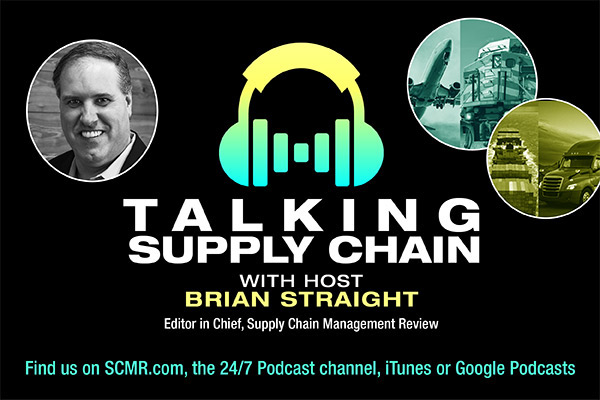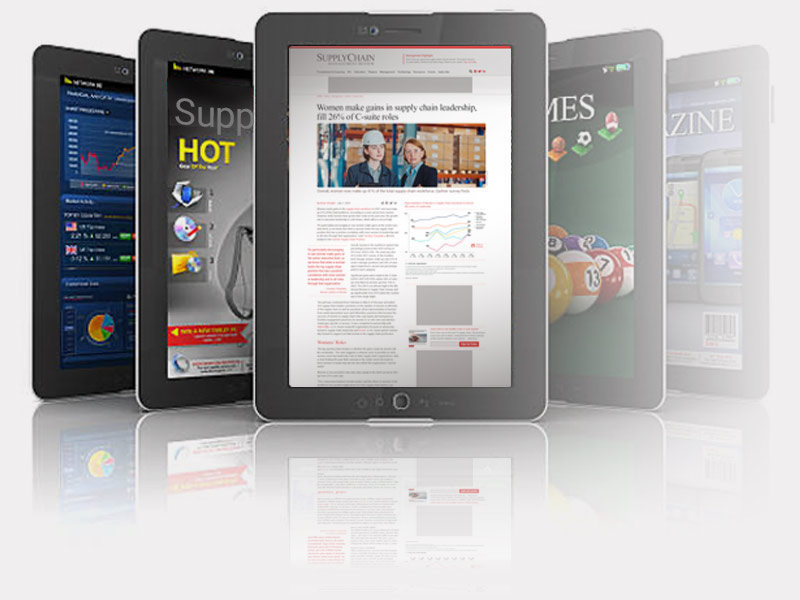Inflation-driven business budgets are expected to rise again in 2024 according to a new survey from Amazon Business.
Amazon Business released its 2024 State of Procurement Report this morning, noting that 53% of respondents expect budget increases next year and another 32% expect budgets at current levels. Additionally, 98% are planning investments in analytics and insights tools, automation, and artificial intelligence (AI) over the next few years as companies seek out more technology-focused solutions.
This follows a year where a focus on reducing costs took center stage as the price of everything from raw materials to transportation spending increased due to rampant inflation. But, the report notes, the cost-efficiencies gained and savings generated are now poised to be reinvested in procurement processes.
The report, which was fielded online from June 6 to July 14 among 3,108 procurement decision-makers and senior leaders familiar with procurement operations at their organization, highlights business-to-business (B2B) trends and global insights around procurement needs, priorities, and challenges. It features insights from government, financial services, hospitality and food service, health care services, manufacturing, medical and pharma, retail, technology, and telecom industries, and includes insights from buyers in France, Germany, Italy, Japan, Spain, UK, and U.S.
“We are entering a new era of smart business buying where senior leaders are understanding the impact procurement can have on efficiency and overall company success,” said Alexandre Gagnon, vice president of Amazon Business Worldwide.
Gagnon noted that procurement in 2024 is now a “cross-disciplinary” function “spanning both functional and strategic purviews as buyers are planning to invest more in technology and optimization while future-proofing their companies and organizations,” he said. “Ultimately, procurement not only keeps operations running, but plays an integral role in achieving key organizational goals, and with smart business buying, companies have procurement solutions to serve as a growth lever for organizations.”
The report also found that:
• 95% of decision-makers acknowledge that there’s room for procurement optimization.
• 85% of respondents say the difficulty of sourcing suppliers that follow sustainable practices prevents their company from setting or achieving strategic sustainability goals for procurement.
• 81% of respondents had mandates to buy from certified sellers, which might include sustainable, local, or disadvantaged group-owned businesses. Among those without mandates, 40% still consider supplier environmental, social, and governance (ESG) factors. Despite the desire for responsible purchasing (85%), difficulty finding sustainable suppliers hinders sustainability goals.
• 44% of respondents listed efficiency and complexity as the number-one challenge they face today
• 95% of respondents say their organization has to outsource procurement activities to third parties
The expected investment in AI could provide future benefits for procurement teams, but some companies are still not ready to make the leap.
“AI holds the potential to enhance purchasing by recommending lower-cost products based on past purchases or by empowering chatbots to gather information and provide guidance—to name just a few applications. If you find yourself among the 20% who haven’t incorporated AI into your strategic roadmap, it’s time to reconsider,” the report noted.
Among the top external challenges procurement professionals face at rising costs (cited by 36%), preparing for unexpected economic changes and ESG/CSR mandates (both at 34%) and working with suppliers that cannot support digital procurement needs (33%).
There are internal challenges as well, led by the complexity of systems/processes (34%), trouble accessing a wider range of sellers/products that meet internal needs (33%) and ensuring compliance to spending policies (31%).
Over the next two years, respondents identified costs and budgets (cited by 29%) as the top challenge they face, followed by markets and supply chain volatility (25%), security and technologies (22%), politics and regulations (21%) and staffing (14%).
SC
MR


More Supply Chain Management
- U.S.-bound containerized import shipments are up in June and first half of 2024
- Expand supply chain metrics to cover the complete customer experience
- When disaster strikes, the supply chain becomes the key to life
- Leadership development for supply chain leaders
- A smarter approach to sustainability is vital for healthy, resilient supply chains
- When the scales tilt: Making vaccine access work for all
- More Supply Chain Management
Latest Podcast

 Explore
Explore
Topics
Procurement & Sourcing News
- AI-driven sourcing: Why the speed of change is going to only accelerate
- A Silk Road city
- U.S.-bound containerized import shipments are up in June and first half of 2024
- Boeing turned to Fairmarkit, AI to help land its tail spend
- When disaster strikes, the supply chain becomes the key to life
- A smarter approach to sustainability is vital for healthy, resilient supply chains
- More Procurement & Sourcing
Latest Procurement & Sourcing Resources

Subscribe

Supply Chain Management Review delivers the best industry content.

Editors’ Picks




